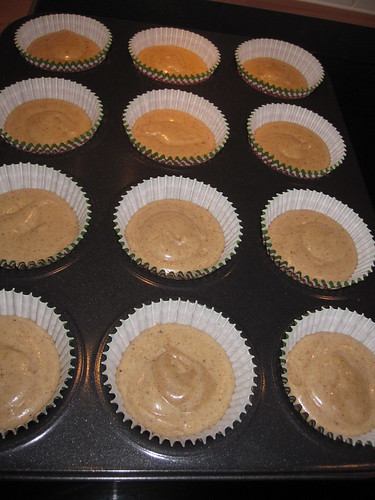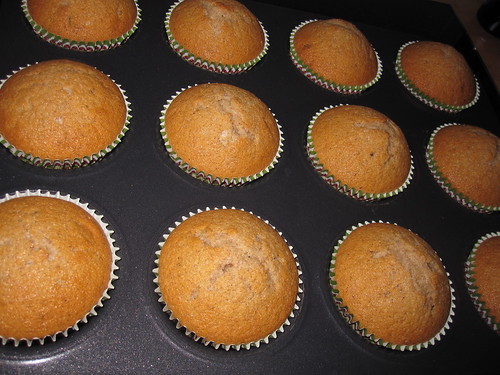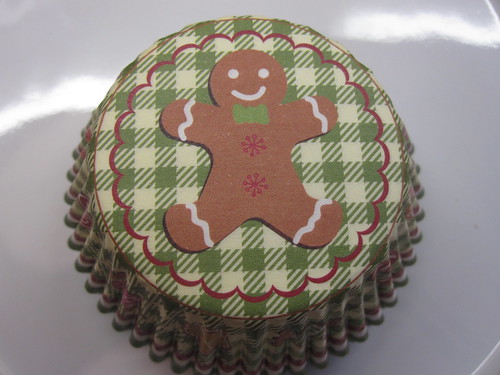
After various discussions with Lundulph, we've decided to stop our project to have different birds for Christmas each year. It's not sustainable, so we've settled onto goose. As before, I ordered the smallest possible goose from our butchers and went for the Mary Berry recipe I used a couple of years ago.
I did make a change this year - I baked the mushrooms, rather than fry with butter and also used single cream for them, rather than double cream. Still as tasty, but less fat on the whole.

The new thing was the dessert - chocolate profiteroles decorated to look like Christmas puddings. I spotted this recipe in the queue at the till in the supermarket and as luck would have it, it was on their website as well.
Ingredients
Profiteroles
125 g plain flour
25 g cocoa powder
1 ml salt
300 ml water
2 tsp caster sugar
100 g unsalted butter
3 large eggs
Filling
300 ml whipping cream
2 tbsp icing sugar
1 tbsp dark rum
Decorations
50 g green fondant icing
15 g red fondant icing
200 g Belgian white chocolate
Method
- Pre-heat the oven to 200 °C fan and line a couple of baking sheets with paper.
- Sift together the flour, cocoa and salt. Make sure to mix thoroughly.
- Gently heat up the water, caster sugar and butter. Once the butter has melted, bring the liquid to the boil and remove from the heat.
- Stir in the dry mixture, then return to the hob. Stir vigorously and "cook" for a few minutes, the dough should come off the sides.
- Remove from the hob and set aside for 5 minutes.
- Lightly whisk the eggs together, then stir into the dough, a little at a time to get a glossy, pliable dough.
- Transfer the dough to a piping bag with a wide round nozzle, about 1.4 cm diameter.
- Pipe 24 blobs onto the baking sheets. Wet your hands and form each blob to a ball.
- Bake the profiteroles for 25 minutes, then take out of the oven and pierce a hole at the bottom of each, placing upside-down onto the tray.
- Return to the oven and bake for a further 10 minutes to allow them to dry out inside. Remove and transfer to cool on a wire rack.
- Place the whipping cream, icing sugar and rum into a bowl and whip the mixture to stiff peaks.
- Transfer to a piping bag with a narrow round nozzle and once cooled down, fill each profiterole from the hole in the bottom, then place them in the fridge.
- Roll out the green fondant icing to about 2 - 3 mm thickness and cut out tiny holly leaves.
- Pinch out tiny pieces of the red fondant icing and form to "berries", about the size of pin heads.
- Melt the white chocolate in a bain marie or in the microwave, taking care not to burn it.
- Transfer the melted chocolate to a piping bag with a small round nozzle, then drizzle a daisy over each profiterole.
- Place a couple of icing holly leaves and 3 red icing berries on each. Store the mini Christmas pudding profiteroles in the fridge.
I haven't made profiteroles for a while and certainly not ones with cocoa powder in them. So I wasn't entirely sure what would happen. It felt like they didn't quite puff up as much as regular ones. I'd also not baked ones where I made holes in the bottoms and continued baking to dry them out, though I know Mary Berry recommends this technique. What I got was some dark brown profiteroles, which weren't too puffed up and seemed pretty dry.
I also made the fondant icing decorations a day before as I didn't have the right cutter. I regret not buying one, it would have made life a bit easier.

However, it is not impossible. I rolled out my icing and cut a large circle with one of my cookie cutters. Then I used one edge of another cutter shaped like the digit "3" to get a sort of oval shape. Continuing with the "3" cutter, I cut out the little bits all round the edge to make the oval look like a holly leaf. I should have made 48, but once I reached 30, I gave up as Lundulph came home and wanted dinner.
I assembled the profiteroles while the goose was baking, so the kitchen was pretty hot and I had to make sure to keep the cream as cold as possible. I recommend this on the day before as well.
Because the profiteroles didn't puff up, there wasn't room for much cream either and Lundulph and I had to have some extra cream on the side as the profiteroles were pretty dry and tasteless on the whole. More sugar is definitely needed, both in the dough and the cream, I'd say. So although they were quite pretty, they didn't taste very nice. Maybe I should try making regular profiteroles and dip them in chocolate, rather than use cocoa. Still, it was a nifty idea and Lundulph was happy, as he's quite keen on profiteroles.
The goose on the other hand did. I didn't prick the skin when I first put it in the oven, so after about 30 minutes when it was time to turn it round onto its back, it had puffed up and looked like it'd explode. So as I turned it over, I punched holes in the skin all over and the fat oozed out at speed. What we ended up with eventually was a goose where the meat came off the bone and there was no need for carving at all. The texture was very good.
I also splashed out on tender stem broccoli, which was really tasty too, I must remember that for next time.
And so we had a rather successful Christmas dinner, the two of us, and this year's main thing was that we finally got to eat it in our dining room on our brand new dining table. After all these years, we are now at the point where we can use all the rooms of the house, having always had one room being in a state of renovation and crammed with building materials. But no more. Well, not much anyway.















































